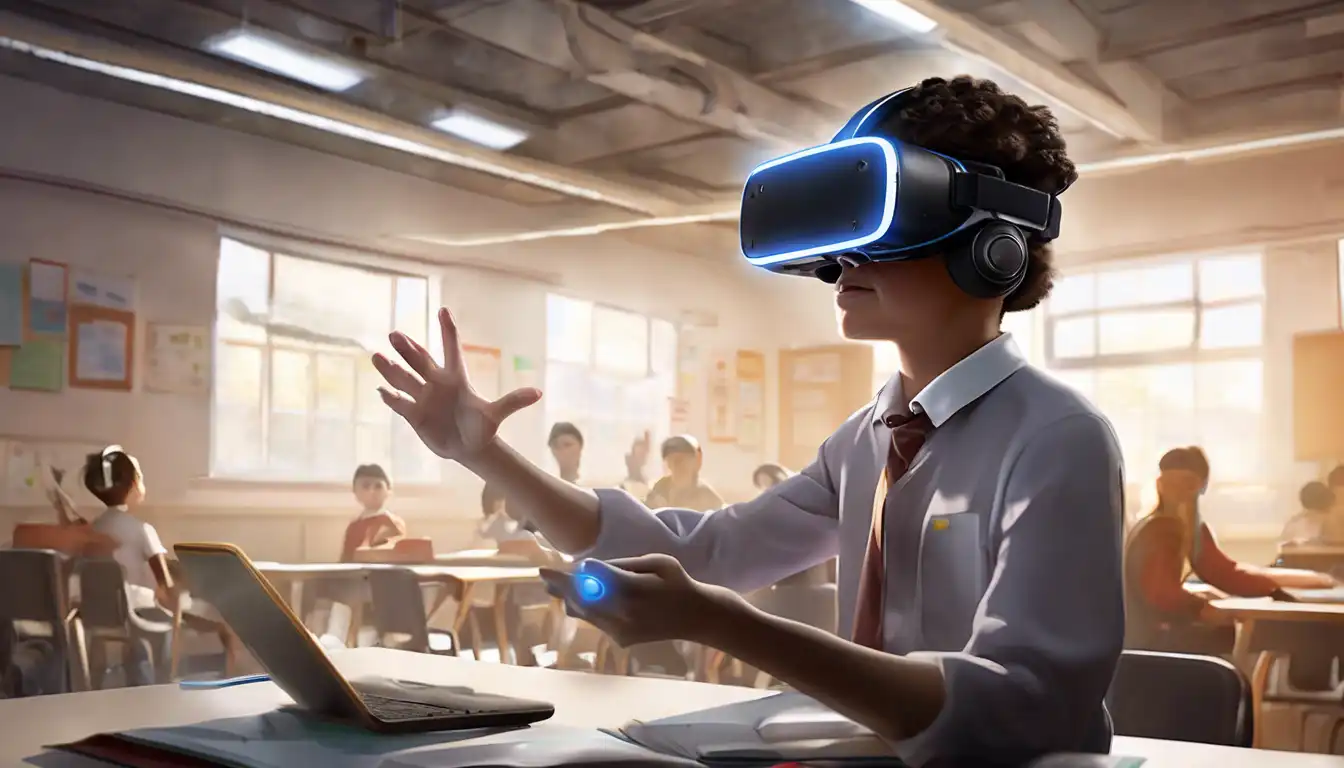The Transformative Impact of Virtual Reality on Learning and Development
Virtual Reality (VR) technology has been making waves across various sectors, and its application in education and training is proving to be a game-changer. By creating immersive, interactive environments, VR offers unparalleled opportunities for experiential learning, making complex concepts easier to understand and retain.
Why VR in Education?
The traditional classroom setting often limits the scope of experiential learning. VR breaks these barriers by transporting students to virtual worlds where they can explore historical sites, dissect virtual frogs, or even traverse the solar system. This hands-on approach not only enhances engagement but also improves retention rates significantly.
VR in Professional Training
Beyond the classroom, VR is revolutionizing professional training across industries. From healthcare to aviation, VR simulations provide a safe, cost-effective platform for practicing procedures and scenarios that would otherwise be risky or expensive to replicate. For instance, surgeons can rehearse complex surgeries, and pilots can navigate challenging flight conditions, all within a controlled virtual environment.
Benefits of VR in Learning
- Enhanced Engagement: VR's immersive nature captures learners' attention like never before.
- Improved Retention: Experiential learning through VR leads to better memory retention.
- Safe Learning Environment: VR allows for risk-free exploration and mistake-making.
- Accessibility: VR can bring distant or inaccessible locations and experiences to learners worldwide.
Challenges and Considerations
Despite its potential, the integration of VR in education and training comes with challenges. The cost of VR equipment and the need for technical support can be prohibitive for some institutions. Additionally, there's the issue of content quality and the need for curriculum-aligned VR experiences that truly enhance learning outcomes.
The Future of VR in Education and Training
As technology advances and becomes more affordable, the adoption of VR in education and training is expected to grow. With the development of more sophisticated and accessible VR solutions, the potential for transforming how we learn and train is limitless. The key will be ensuring that these technologies are leveraged to complement and enhance traditional learning methods, not replace them.
For those interested in exploring more about the latest in educational technology, check out our article on emerging tech trends in education.
In conclusion, VR holds immense potential to revolutionize education and training by making learning more interactive, engaging, and effective. As we navigate the challenges and embrace the opportunities, the future of learning looks brighter—and more virtual—than ever.
